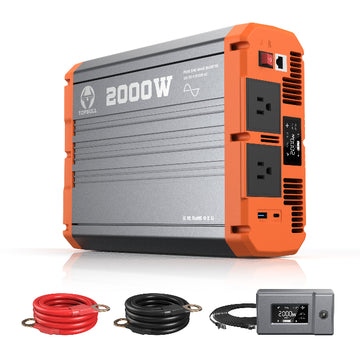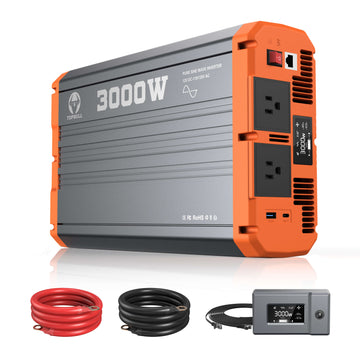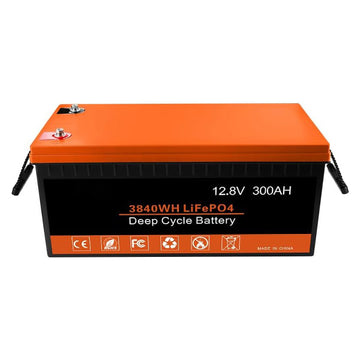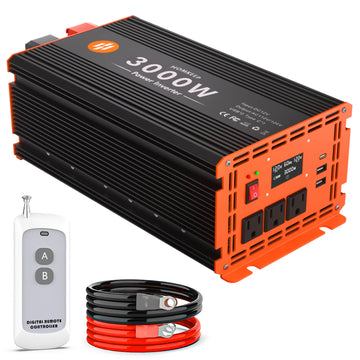The Solar Installation Cost Calculator is a powerful online tool designed for homes and businesses interested in switching to renewable energy and installing a solar energy system. By entering the size of the roof, the amount of electricity expected to be generated, the type and efficiency of the solar panels selected, the expected complexity of the installation, and taking into account region-specific subsidies and tax incentives, the calculator quickly and accurately generates a personalized solar installation cost report for the user. This report not only details the costs of materials, installation, permits and inspections, but may also include an analysis of potential long-term savings and paybacks, helping you to make more informed decisions by understanding the full economic and environmental value of your solar investment. The Solar Installation Cost Calculator is an indispensable tool for households seeking economic self-sufficiency and businesses committed to a green transition.
Key benefits of installing a solar power system:
- Save money on electricity bills: solar energy is a renewable natural energy source, and with a solar power system, homes and businesses can convert sunlight directly into electricity, thereby reducing or replacing reliance on traditional grid power and significantly reducing electricity bills.
- Reduced Energy Costs: While the initial installation cost of a solar power system may be high, in the long run, with rising energy costs and government subsidies and incentives for renewable energy, solar power systems can be operated at relatively low costs and can even be made energy self-sufficient, resulting in significant savings on energy bills.
- Enhance energy independence: After installing solar power systems, households and businesses can get rid of their dependence on the traditional power grid to a certain extent, enhancing the independence and security of energy supply. Especially in areas with unstable power supply, solar power systems can provide a reliable backup power source.
- Increase asset value: As a green, renewable energy facility, solar power systems not only have practical value, but also enhance the added value of property or business assets. In the real estate market, properties with solar power systems are often preferred and have relatively higher selling prices and rents.
- Long-term return on investment: Despite the large initial investment in a solar power system, it has a long lifespan (usually up to 20 years or more), and with technological advances and cost reductions, the efficiency and economics of solar power will continue to improve. Therefore, in the long run, installing a solar power system can bring a stable return on investment.
The main components needed to install a solar power system
- Solar panel: as the core part of the system, the solar panel is responsible for converting the sun's radiant energy directly into DC power for use by the load or storage in the battery. Its quality and efficiency directly affect the power generation performance of the whole system.
- Solar controller: solar controller is used to control the working status of the whole system and protect the battery from overcharging and over-discharging. It also has additional functions such as temperature compensation, light control switch, time control switch, etc. to ensure stable operation of the system and extend the service life of the battery.
- Battery pack: The battery pack is used to store the electricity issued by the solar panel when there is sufficient light, so as to supply power to the load when there is no light or insufficient light. Common battery types include lead-acid batteries, nickel-metal hydride batteries, nickel-cadmium batteries and lithium batteries.
- Inverter: The function of the inverter is to convert the low-voltage DC power supplied by solar panels and batteries into 220V or 110V AC power to meet the power needs of household appliances and other AC loads.
In addition, depending on the specific needs and type of system (e.g. off-grid solar power system, grid-connected power system, etc.), other auxiliary equipment and components may be required, such as photovoltaic square array mounting brackets, DC convergence boxes, DC power distribution cabinets, AC power distribution cabinets, power supply system monitoring devices, and environmental monitoring devices. These components work together to ensure the proper operation and efficient generation of solar power systems.






